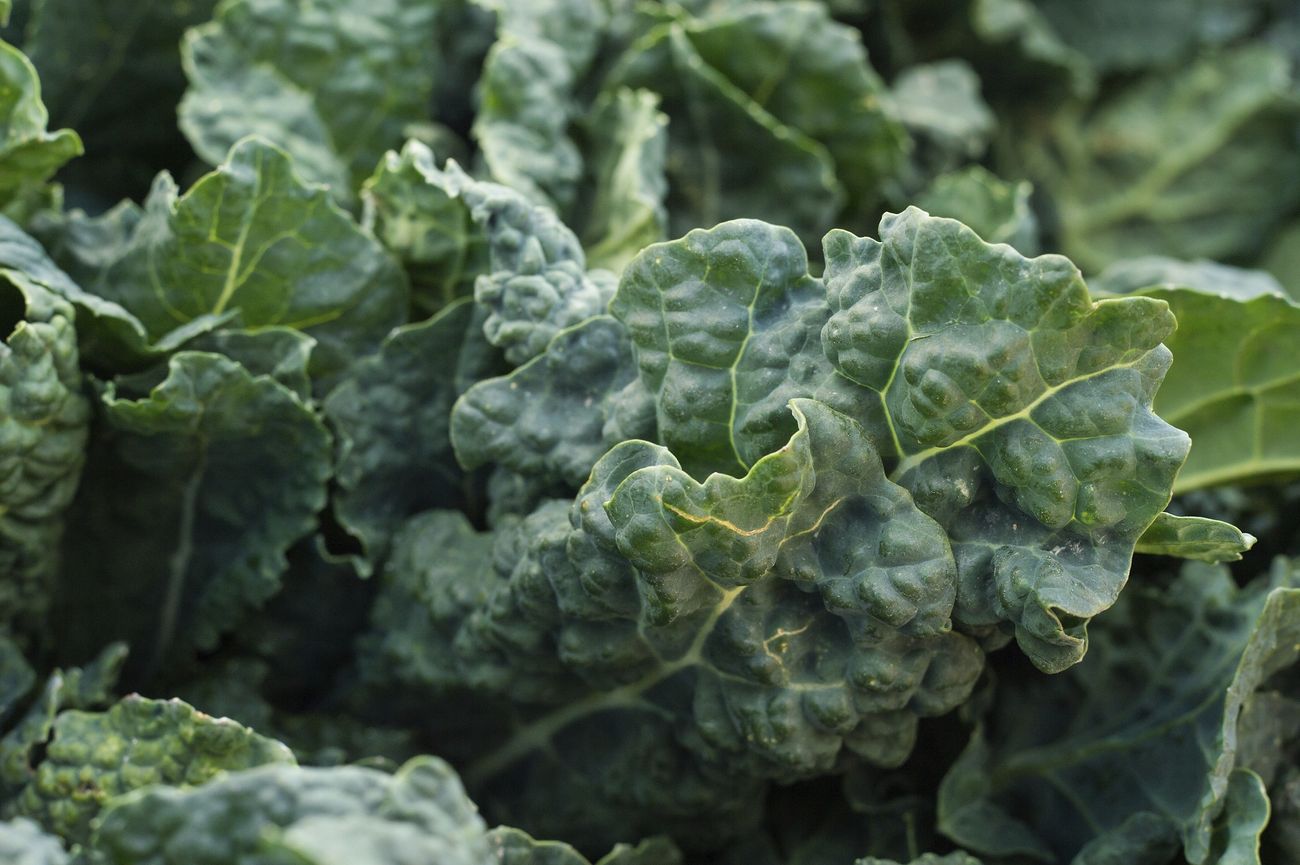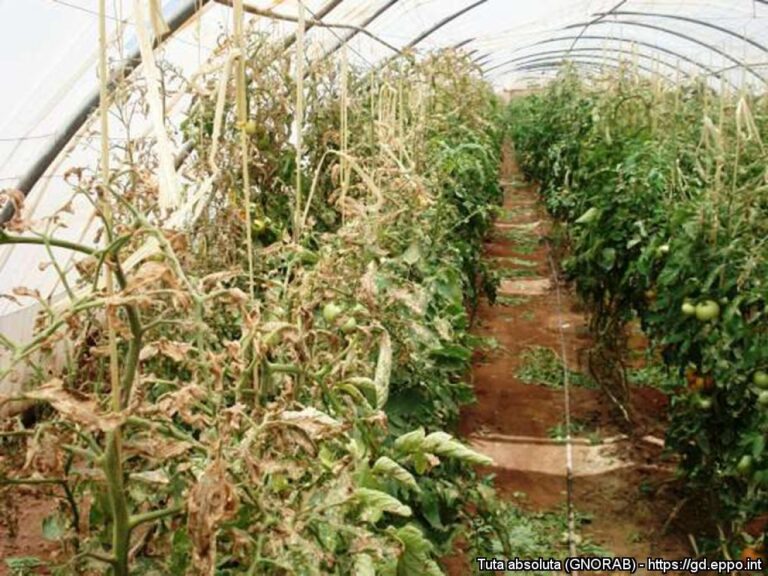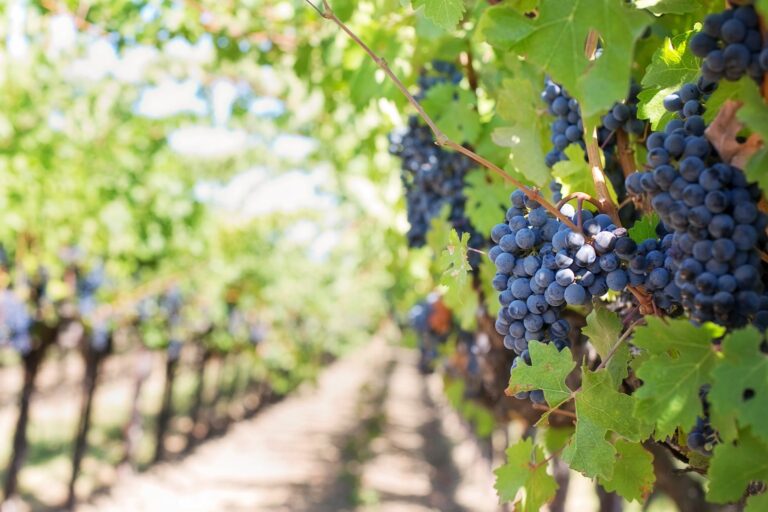What is the best time to plant kale in Kenya?
When it comes to planting kale in Kenya, timing is everything. This hardy and nutritious leafy green can be planted year-round, but the best time to sow the seeds will depend on a few factors, such as the climate, rainfall, and temperature. In this article, I’ll be discussing the best time to plant kale in Kenya so that you can have a successful harvest.
Climate Considerations
Kenya is a country located in East Africa and has a tropical climate. The country has two rainy seasons, the long rains from March to June and the short rains from October to December. The rest of the year is relatively dry, with the exception of a few pockets of the country that receive rainfall all year round.
When it comes to planting kale, it’s important to consider the temperature and rainfall. Kale is a cool-season crop, which means that it thrives in temperatures between 10 and 20 °C (50 and 68 °F). The plant can handle light frosts and even a bit of snow, but it doesn’t do well in hot temperatures.
Rainfall and Irrigation
In Kenya, the long rains from March to June provide ample water for the plants to grow. However, during the dry seasons, irrigation may be necessary to keep the kale hydrated. If you live in a region that receives less rainfall, it’s best to plant kale during the long rains or during the short rains in October to December.
Growing Kale in Kenya
The best time to plant kale in Kenya is during the long rains from March to June. The temperature is ideal for the plant to grow, and the rainfall provides enough water for the plant to thrive. This is the best time to plant kale in Kenya if you want a bountiful harvest.
However, if you live in a region that receives less rainfall, you can also plant kale during the short rains from October to December. Just make sure that you provide enough water for the plant to grow
Examples of Kale Cultivation in Kenya
In Kenya, kale is mainly grown in the highlands, which are located in the central, western, and parts of the eastern regions of the country. These regions have a cool climate, and the soil is rich in nutrients, which is ideal for growing kale. Examples of these regions include the Mount Kenya region, the Aberdares, and the Elgeyo Marakwet.
In these regions, farmers plant kale between March and June, and they harvest the crop between June and October. The farmers use organic methods of farming and practice crop rotation to maintain soil fertility.
In conclusion
Planting kale in Kenya can be done year-round, but the best time to sow the seeds is during the long rains from March to June. This is when the temperature is ideal for the plant to grow, and the rainfall provides enough water for the plant to thrive. However, if you live in a region that receives less rainfall, you can also plant kale during the short rains from October to December. Just make sure that you provide enough water for the plant to grow. With the right timing and care, you can enjoy a bountiful harvest of this nutritious leafy green.






